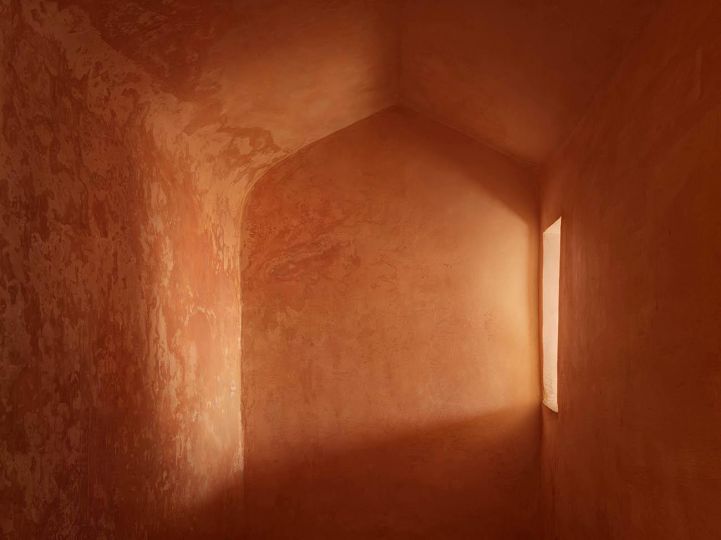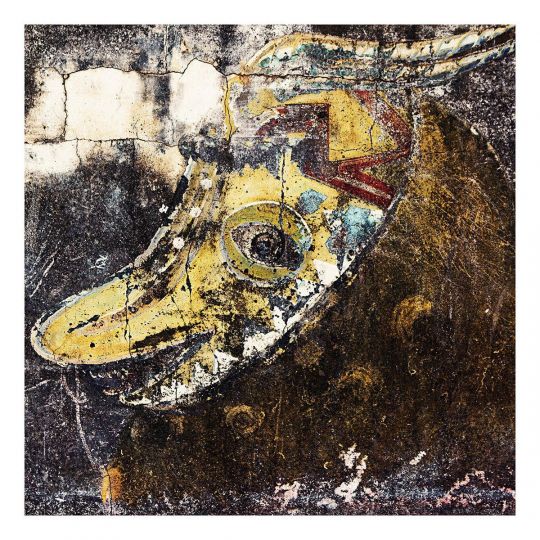The Smithsonian American Art Museum’s (SAAM) made the major acquisition of rare, 19th-century photography by the first African American studios. Recent contributions to the museum’s collection from Larry J. West and Dr. Robert Drapkin has established SAAM as a leading depository for this underexplored chapter in early photographic history with holdings including the largest collection of rare daguerreotypes by three early African American photographers: James P. Ball, Glenalvin Goodridge, and Augustus Washington.
This installation highlights the collaboration between photographer James Presley (J. P.) Ball (1825–1904) and landscape painter Robert Seldon Duncanson (1821/22–1872). Ball was one of few Black photographers working in the early years of the medium, invented in 1839. After learning the process of making daguerreotypes from another African American photographer, John B. Bailey, at the resort town of White Sulphur Springs, Virginia (today West Virginia), Ball began his career as a traveling photographer. He spent most of his career in Cincinnati, Ohio, where his practice was highly regarded.
Duncanson, also based in Cincinnati, was one of the most accomplished landscape painters in the region. After working initially as a housepainter, Duncanson, like Ball, moved from place to place before he established a reputation in Cincinnati. He traveled extensively in the United States, Canada, and Europe during his career to sketch, study, and exhibit his work. Both men experienced great success despite the challenges they faced as African American artists in the mid-nineteenth century.
Ball and Duncanson collaborated from roughly 1845 to 1855 on various endeavors. Ball employed Duncanson in his studio and exhibited his work there. In this alcove, their respective works appear side by side as they did in Ball’s “Great Daguerrian Gallery of the West” on Fourth Street in Cincinnati around 1854. Duncanson is also believed to have been the painter of a 600- yard-long panorama (now lost) that illustrated the episodes described in Ball’s 1855 abolitionist pamphlet Splendid Mammoth Pictorial Tour of the United States. The painting and pamphlet narrated horrific stories of kidnappings in Africa and enslavement in the United States. In addition to their antislavery efforts, Ball and Duncanson received significant support from abolitionist patrons.
Kelly M. Williams, chair of the Smithsonian American Art Museum Commission (2021–23) and noted collector of African American art, made a generous gift to support the reimagining and reinstallation of the permanent collection galleries in honor of Commissioner Dr. Deborah Willis. Her gift honors Dr. Willis’s extraordinary contributions to the field of American photography. Dr. Willis is an esteemed artist, historian, and chair of the Department of Photography and Imaging at the Tisch School of the Arts at New York University.
J.P. Ball and Robert S. Duncanson : An African American Artistic Collaboration
Until March 24, 2024
The Smithsonian American Art Museum
G Street Northwest &, 8th St NW
Washington, DC 20004
https://americanart.si.edu/
Early Photography Processes on View
During his long career, spanning 1845 to 1904, J. P. Ball made many different types of photographs, including:
Daguerreotypes
- Earliest form of photography; invented in France in 1839
- Single image captured on a silver-coated copper plate
- Fragile, mirrorlike photograph placed in a decorative case
Tintypes
- Invented in the 1850s
- Single image fixed on an iron surface (not tin, despite the name)
- More durable than daguerreotypes; typically protected by a layer of varnish
Albumen silver prints
- Invented in 1850
- Most common photographic format in the nineteenth century
- Image made by pressing a glass negative against a sheet of paper coated in albumen (egg whites)
- Reproducible: many prints could be made from one glass negative
Cartes de visite
- Type of albumen print; popular in the 1860s
- Small, affordable “visiting cards” exchanged among friends and family
- Created in cameras that could capture multiple negatives on a single, whole glass plate, multiplying the number of images generated from a single visit to the photographer’s studio
- Cartes of loved ones and celebrities collected in personal photo albums
Cabinet cards
- Type of albumen print; popular in the late nineteenth century
- Twice as large as cartes de visite
- Intended for display on one’s shelf or table instead of in an album
















